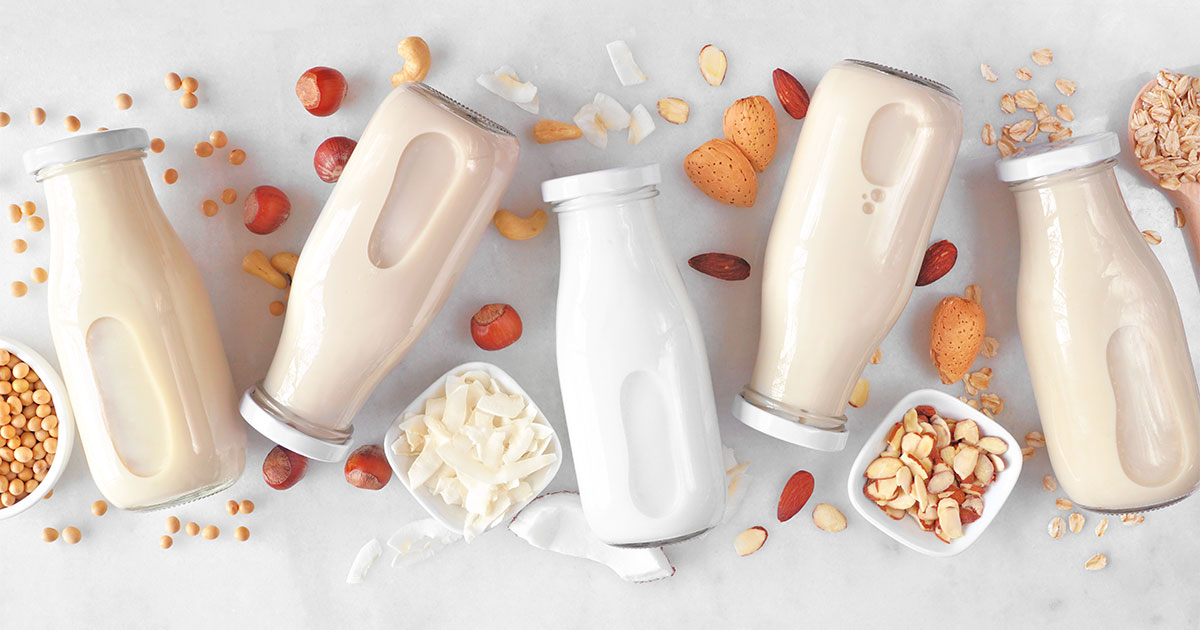
We all know we need to watch what we eat. There are so many different ways to practice monitoring what you’re eating every day: counting calories, measuring macros, hand portions, food logs, etc. They all work great, but what works best for you, right NOW?
It may sound simple but practicing proper food intake is essential to getting the results you want. These habits allow you to create both a healthy relationship with food and make nutritious eating effortless. The goal is to train the brain and body with tracking so that you can achieve balance naturally which takes practice. However, taking the steps to incorporate it into your daily routine is the first step in the right direction for a healthier lifestyle.
Calorie Counting
When counting calories, you typically have a set amount of calories that you need to eat each day based on your height, weight, age, activity level, and goals. The average recommended daily calories for women is 1800 – 2400 calories per day while the average for men is 2000 – 3200 calories per day.
By tracking calories, you become more aware of how many calories are in everything you eat and drink. Many people are shocked when they actually start looking up the numbers. That Starbucks coffee or a refreshing margarita can pack a whopping 450 calories!
You can use a calorie database like MyFitness Pal to find and log the nutritional value of what you’re eating which allows You to see how to fill your day with lower-calorie foods like vegetables. It can be hard to differentiate between empty calories and calories that are nutrient-dense with healing benefits. If you’re like me and need food as medicine, you’ll definitely want to read the next section about Macros.
Macros
With macro counting, calories are divided between three main macronutrients: protein, carbs, and fat. Rather than counting calories for the day, you keep track of how many grams of each macronutrient you’re eating each day(you’re basically tracking the macronutrients that make up the calories in those foods). It is also important to calculate your target macronutrient ratio (the percentages of your daily calories) that will come from carbs, protein, and fat.
You’ll need to calculate your basal metabolic rate (BMR) or how many calories per day your body needs to function. Plug in your information into the equation below and round it to the nearest whole number:
BMR for Women = 10 x weight in kg) + (6.25 x height in cm) – (5 x age in years) – 161
BMR for Men = 10 x weight in kg) + (6.25 x height in cm) – (5 x age in years) + 5
Next, multiply your activity level. This is how active you are on a daily basis. You’ll need to multiply your BMR by the number below that best corresponds with your activity level during an average week. This will help you to see the calories you burn through movement. Round your answer to the nearest whole number:
- Sedentary (little to no exercise): BMR x 1.2
- Lightly Active (light exercise one to three days per week): BMR x 1.375
- Moderately Active (moderate exercise three to five days per week) BMR x 1.55
- Very Active (intense exercise six to seven days per week) BMR x 1.725
- Extra Active (very intense exercise six to seven days per week/ a physically demanding occupation) BMR x 1.9
Your total number is an estimate of the number of calories your body uses in a typical day.
For weight loss, a healthy gradual, and steady loss of about 1 to 2 pounds per week is best for long-term success. For each pound per week you want to lose, you would need to subtract 500 from the total number of calories your body is burning every day. In other words, you would need a daily calorie deficit of 500 calories in order to lose about 1 to 2 pounds per week. I also recommend consulting with your doctor for personalized guidance.
Now we can see what your ideal macronutrient ratio should be or what percentage should come from each: protein, carbs, fat. For most healthy adults, the following ratio is a good starting point:
Protein: 10 – 35% of calories
Carbs: 45 – 65% of calories
Fat: 20 – 35% of calories
Keep in mind that these are the general guidelines. If you have a health condition, please work with your doctor to create a personalized plan. Now that you know your daily calorie goal and target percentages of protein, carbs, and fat each day; you’re ready to figure out how many grams of each macronutrient to shoot for each day. Here is an example of a 2,000 calorie per day diet with 25% protein, 50% carbs, and 25% fat:
- Proteins (4 calories/gram)
- 25% of 2,000 calories = 500 calories of protein per day
- 500 / 4 = 125 g of protein/day
- Carbs (4 calories/gram)
- 50% of 2,000 calories = 1,000 calories of carbs per day
- 1,000 / 4 = 250 g of carbs/day
- Fats (9 calories/gram)
- 25% of 2,000 calories = 500 calories of fat per day
- 500 / 9 = 56 g fat/day
You’ll need to track everything you eat. There are apps that will track macros for you or you can just use your notes in your phone or write it down. Log how many grams of protein, carbs, and fats you’re consuming. Most food has a mix of proteins, carbs, and fats and you can finda list of examples of how many grams are in a serving of each:
- Proteins
- Chicken Breast: 26g protein per 3oz serving
- Eggs: 6g protein per one large egg
- Other foods with protein: fish, meat, nuts, lentils, beans, peas, fermented yogurt
- Carbs
- Brown Rice: 52g of carbs per 1-cup serving
- Sweet Potato: 26g of carbs per 5-inch potato
- Other foods with carbs: oats, quinoa, squash, green beans, and other starchy vegetables
- Fats
- Avocado: 30g fat per whole avocado
- Olive Oil: 14g fat per 1 tbsp serving
- Other foods with fats: peanut butter, aged cheeses, fermented yogurt, nuts, seeds, grass-fed butter
There are amazing benefits from counting macros and the process will help you make better food choices. Counting macros will help nudge you toward more nutrient-dense options that fit within your daily requirements and improve your lifestyle. For example, a bagel with jam, and oats with peanut butter may have similar calories but their nutritional profiles are different. The more you track your macros, the easier it will be to create healthy long-term eating habits. When you start to see that not all carbs are the same, and not all fats are the same, you’ll adopt a healthy pattern of eating while prioritizing whole, nutrient-dense options.
At Kathy’s Table, we make it easy for you to count calories and track macros. Each meal comes with a label that will have ingredients, calories, and macros listed. Even if counting numbers is not for you, I have always advised our customers to focus on adding more fruits, vegetables, proteins, and healthy fats to their day as well as prioritizing a good night’s sleep, keeping stress low, and drinking LOTS of water!
Our job is to prepare you healthy meals that aid you along your journey and we are always here to answer any questions you may have!
Categories
Recent Posts



